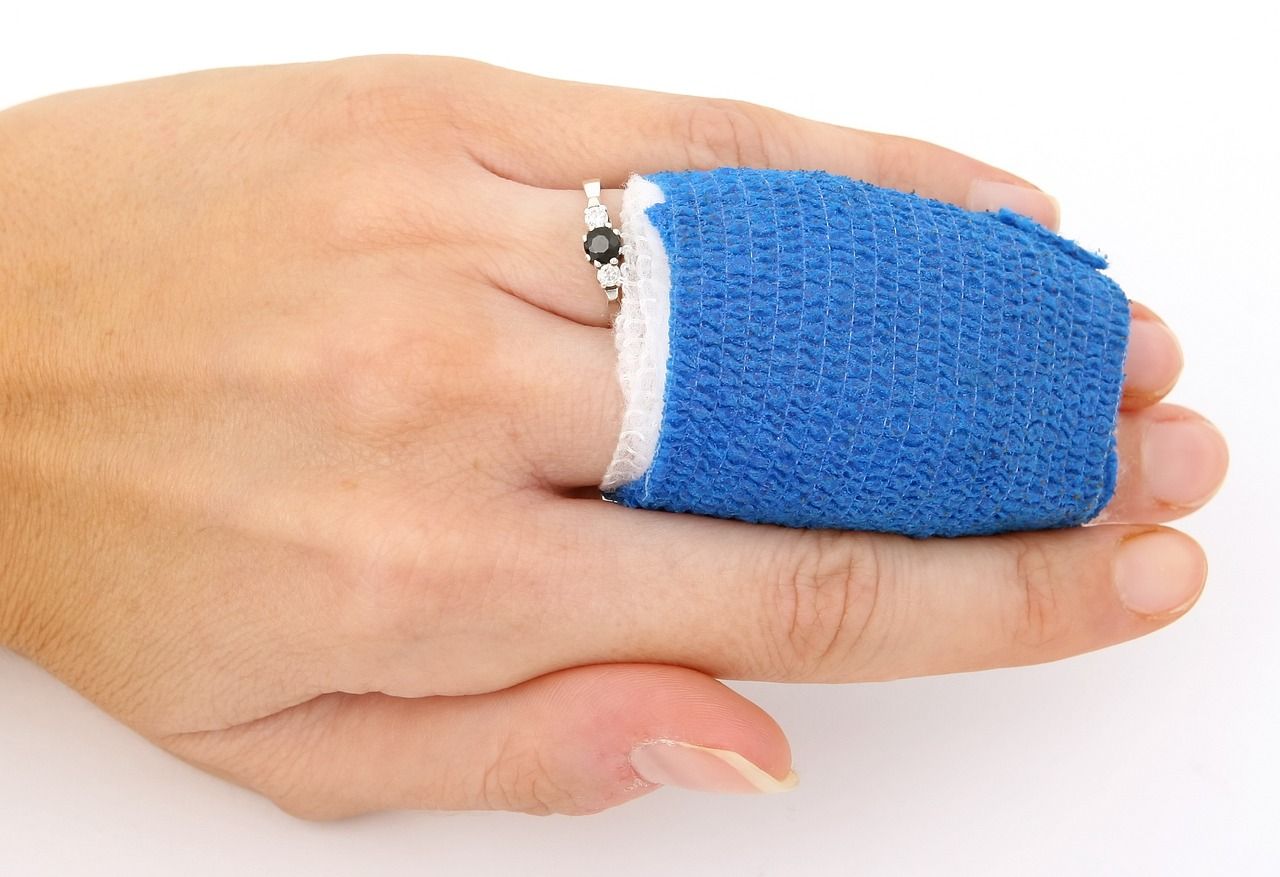
GET A QUOTE
To Cover a Wound or Allow it Breathe?
Wounds happen to all of us – from a playful scrape in the backyard to more serious injuries requiring medical attention. But when it comes to taking care of these wounds, the question arises: is it better to cover them up or let them breathe? This debate has been ongoing, and the choice you make can significantly impact the healing process.
Shielding Your Wound
Our first instinct is often to cover a wound, and there are good reasons for that:
Protection from Contaminants: A covered wound acts as a shield against harmful bacteria and viruses, reducing the risk of infection. This is especially crucial for wounds in naturally moist areas where bacterial growth is more likely.
Moist Environment
Healthcare professionals often recommend covering wounds to maintain a clean and moist environment, promoting faster and more effective healing. This prevents the formation of scabs that can impede the healing process.
Reduced Scarring
Covering a wound can minimize scarring by encouraging the growth of new skin cells, preventing the formation of prominent scars.
Pain Management
A bandage can provide cushioning, protecting the wound from friction and reducing discomfort. This is crucial for pain management in susceptible wounds.
Localized Treatment: Covering a wound allows you to treat a specific area without worrying about ointments rubbing off.
Fresh Air for Healing
While it might seem counterintuitive, letting a wound breathe has its advantages too:
Oxygen Supply
Oxygen is essential for wound healing, and allowing a wound to breathe may enhance oxygen exchange, crucial for various stages of the healing process.
Faster Drying
Some wounds, especially minor cuts, benefit from exposure to air, promoting faster drying and preventing bacterial growth.
Psychological Comfort
For some, seeing the wound is psychologically comforting, providing a sense of control and alleviating anxiety.
Limited Allergic Reactions
Allowing a wound to remain uncovered can prevent allergic reactions or skin irritation caused by specific bandages or adhesives.
Proper Wound Care
In the ongoing debate, it's important to find a middle ground based on individual factors and wound characteristics:
Cleanse the Wound
Begin with mild soap and water to remove dirt and debris.
Assess the Wound
Consider size, depth, and location to decide whether to cover or let it breathe.
Apply Antibiotic Ointment
For larger or deeper wounds, an antibiotic ointment before covering adds an extra layer of protection.
Cover Appropriately
Use sterile bandages or dressings, changing them regularly. Transparent bandages are useful for monitoring progress.
Monitor
Keep a close eye on the wound. If signs of infection appear, consult a healthcare professional promptly.
Tips to Help with Healing
Avoid letting water touch your wound during baths or showers
This is because excessive moisture can make the wound too wet and may introduce bacteria from other body parts. Keep the wound dry by using a cast/wound protector or sealing it with Press-N-Seal plastic wrap, followed by taping a kitchen trash bag over the wound/dressing. If protection is challenging, consider opting for a sponge bath.
Refrain from cleaning your wound with soap or harsh chemicals
Avoid using alcohol, hydrogen peroxide, or regular soap on the wound, as they can be detrimental to the healing skin and impede the recovery process. Instead, use only saltwater, sterile water, or distilled water to cleanse the wound.
Minimize pressure on your wound
Applying pressure to the wound can impede the healing process. Try to limit the time spent on your wound as much as possible. Depending on the wound's location, you may need specialized footwear, crutches, a walker, a cushion, etc.
Manage your blood sugar
Regularly monitor your glucose levels. When your blood sugar exceeds 140, it hinders the healing process. Keep a close eye on your diet and adhere to your prescribed medication. If your glucose remains elevated, consult your primary care doctor to discuss strategies for bringing it under control.
Boost your protein intake
Protein forms the foundation of growth factors crucial for the body's self-healing mechanisms. Consume three to four servings of protein daily. In cases of significantly low protein levels, healing may be impeded.
Conclusion
The debate over covering or letting a wound breathe continues, but the key is personalized care. The decision depends on the wound's characteristics, personal preferences, and guidance from healthcare providers when needed. What matters most is proper care – keeping wounds clean, protected from infection, and fostering a healing environment, whether covered with a bandage or left to breathe freely.

